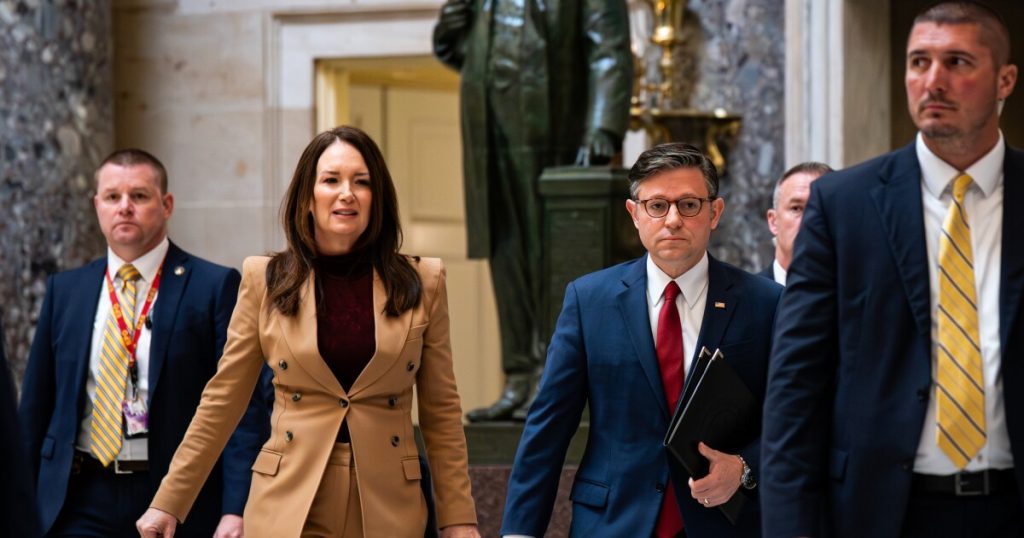- Key insights: The government shutdown could harm payment flows for thousands of businesses.
- What’s at stake: A lingering dispute could spread uncertainty into broad sectors of the economy.
- Forward look: Payment firms are turning to AI and other tools to mitigate the impacts.
If the
A long shutdown will affect payment cycles and the ability of businesses to get paid in a timely manner, which will make a government crisis a problem for the broader economy, Billtrust Chief Financial Officer David Zwick told American Banker.
“The immediate challenge is visibility. When payment cycles start extending, and they will during prolonged uncertainty, you need real-time insight into your receivables aging,” Zwick said, adding older treasury management technology can make the problem worse. “Companies still managing AR through spreadsheets or legacy systems won’t see problems until it’s too late, and in the fourth quarter, when you’re trying to close out the year strong, that lack of visibility is especially painful.”
‘Businesses need government to function’
Businesses lost $12 billion over the past month due the government shutdown, mostly tied to lost compensation from the government, according to a report from the
The current shutdown is the sixth in the past 30 years, and the Chamber says studies of prior shutdowns have shown a “ripple effect” as the lack of government funds washes over the rest of the economy. The most recent shutdown in 2019 reduced economic activity by $11 billion the following two quarters after the government reopened, according to the Chamber, which says 65,000 businesses contract with the federal government.
Maryland and Virginia are headquarters to the most companies with government contracts, with Alabama, California, Florida and Texas also having a large number of companies that sell to the government.
“The government shutdown is harming small businesses and costing American economic growth that can’t be recovered,” Neil Bradley, executive vice president and chief policy officer of the U.S. Chamber of Commerce, said in a release. “The impacts to businesses are beginning to pile up, and impacting both their current and future growth. Businesses need government to function.”
The shutdown’s effects extend well beyond furloughed federal workers, Zwick said, adding impacts include longer “days sales outstanding,” which creates a cascade effect through supply chains. These side effects include procurement delays as B2B buyers postpone capital equipment purchases and extend approval cycles for major contracts.
“Payment disruptions cascade through multiple tiers of subcontractors and suppliers, creating multiplier effects,” Benjamin Nestor, an advisor in commercial banking & payments at Datos Insights, told American Banker. “Prime contractors often cannot pay subcontractors within required time frames when government payments stop, forcing small businesses with limited credit lines and cash reserves into severe financial strain.”
Working capital constraints intensify as payment cycles extend far beyond normal terms, according to Nestor.
“Credit availability tightens significantly for government-exposed businesses during shutdowns, with banks increasing scrutiny and contractors facing more difficulty securing credit lines compared to federal employees who receive guaranteed back pay,” Nestor said.
What can help?
Short of a resolution, there are some moves that banks can make to help manage the impact, according to Nestor. Commercial banks can position specialized products like receivables financing to supply chain finance platforms to provide working capital solutions to contractors, health care providers and other exposed sectors.
“However, I’m not sure how many banks will pivot their outreach efforts quickly toward those working capital needs since I didn’t see many banks do that during escalating inflation or during the instability around trade wars, tariffs, etc.,” Nestor said. “In my mind, the broader narrative of businesses needing working capital over the past five years to better navigate uncertainty and to better establish supply chain resilience has on the whole become a missed opportunity for banks.”
Existing and past information about payments can also help payment companies have real-time transaction data across thousands of businesses, Zwick said, adding that payment fintechs can provide benchmarking insights, such as how a company’s “payment days outstanding” compares to industry averages, and how payment behaviors are shifting in a particular sector.
Predictive analytics is the other key area, according to Zwick, who added that artificial intelligence-powered forecasting helps model different scenarios. “If the shutdown extends two more weeks, what happens to year-end cash?” Zwick said as an example.
But even with AI analysis of supply chains, there’s no substitute for the government actually reopening.
“I don’t think that there are a lot of mitigants if your electronic payments volume is down because the government isn’t making payments or isn’t issuing licenses or approvals necessary for your clients to make payments,” Eric Grover, a principal at Intrepid Ventures, told American Banker.

